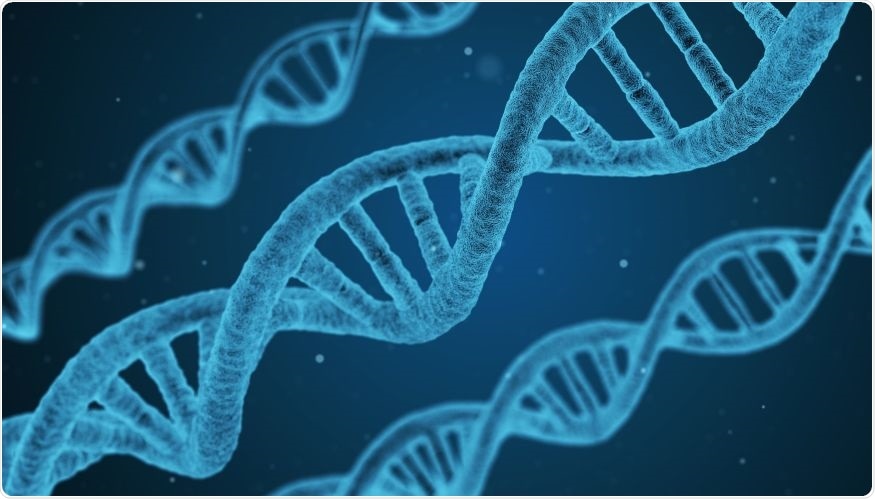At the University of British Columbia, scientists have discovered an easy way to remove nearly all sequencing errors created by a commonly used portable DNA sequencer. The new method potentially allows scientists who work outside the lab to test and monitor microorganisms, such as the SARS-CoV-2, virus more effectively.

Image Credit: University of British Columbia.
The researchers were successful in reducing the 5%–15% error rate of the MinION system from Oxford Nanopore Technologies to less than 0.005% by using special molecular tags, even while sequencing several long stretches of DNA at a time. The research was published recently in the Nature Methods journal.
The MinION has revolutionized the field of genomics by freeing DNA sequencing from the confines of large laboratories. But until now, researchers haven't been able to rely on the device in many settings because of its fairly high out-of-the-box error rate.”
Ryan Ziels, Study Co-Lead Author and Assistant Professor of Civil Engineering, University of British Columbia
Genome sequences can disclose in-depth details about the identity, ancestry, strengths, and vulnerabilities of an organism. Researchers use this data to effectively understand microbes living in a given ecosystem and to create diagnostic tools and treatments.
However, without reliable portable DNA sequencers, vital genetic information may be overlooked when testing is performed in the field or in smaller laboratories. Therefore, Ziels and his colleagues from Aalborg University have developed a special barcoding system that can make long-read DNA sequencing platforms such as MinION over 1,000 times more effective.
After labeling target molecules with these barcodes, the team continues as they normally do, that is, amplifying or making several copies of labeled molecules using the normal PCR method and sequencing the resulting DNA.
The team can then use the barcodes to quickly classify and group relevant DNA fragments in sequencing data, effectively generating near-perfect fragment sequences that are up to 10 times longer than traditional technology can process. Longer DNA stretches make it possible to identify even minor genetic differences and to assemble genomes in high resolution.
A beautiful thing about this method is that it is applicable to any gene of interest that can be amplified. This means that it can be very useful in any field where the combination of high-accuracy and long-range genomic information is valuable, such as cancer research, plant research, human genetics and microbiome science.”
Ryan Ziels, Study Co-Lead Author and Assistant Professor of Civil Engineering, University of British Columbia
The team used open-source repositories to make the code and protocol for processing the sequencing data available.
At present, Ziels is working with Metro Vancouver to create an improved version of the method that enables the near-real-time identification of microorganisms in water and wastewater.
According to Ziels, precise know-how of the microorganisms present in their water systems will enable communities to enhance their public health policies and treatment technologies—and help check the transmission of harmful microorganisms such as SARS-CoV-2.
Source:
Journal reference:
Karst, S. M., et al. (2021) High-accuracy long-read amplicon sequences using unique molecular identifiers with Nanopore or PacBio sequencing. Nature Methods. doi.org/10.1038/s41592-020-01041-y.